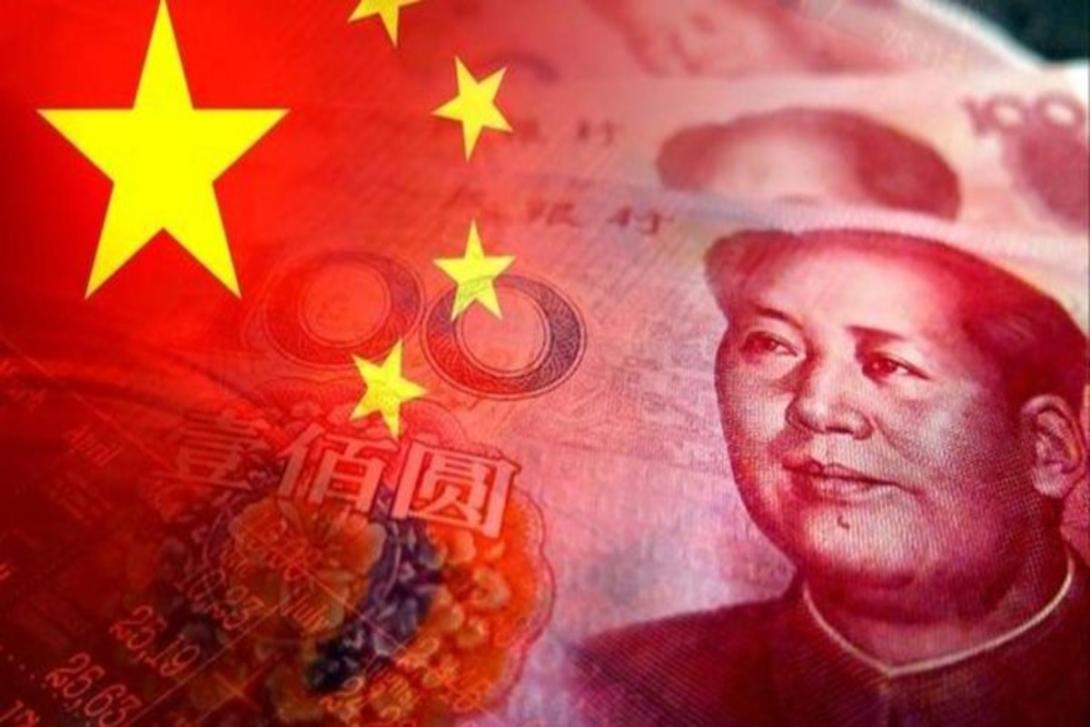
Beijing, September 24 –The Ministry of Commerce, the National Bureau of Statistics, and the State Administration of Foreign Exchange jointly released the "2023 China's Outward Direct Investment Statistical Communiqué". The communiqué highlights China's continued global leadership in overseas investments and reflects the country's growing influence on the world stage.
Key Highlights of China's Outward Direct Investment in 2023
1. Leading Global Investment Scale
China's outward direct investment (ODI) flow reached US$177.29 billion, marking an 8.7% increase compared to the previous year. This accounted for 11.4% of the global share, a 0.5 percentage point increase from the previous year. China has been in the top three globally for 12 consecutive years, maintaining over 10% of the global share for 8 years straight. By the end of 2023, the ODI stock was US$2.96 trillion, securing a top-three global rank for the seventh consecutive year.
2. Expansive Global Presence
Chinese enterprises have established a significant global footprint, operating in 189 countries and regions. By the end of 2023, Chinese investors had set up 48,000 overseas enterprises, including 17,000 in countries participating in the Belt and Road Initiative (BRI). Most of these enterprises were either profitable or at least breaking even.
3. Diversification of Investment Sectors
China's ODI covered 18 industries in 2023, with almost 80% of investments concentrated in four primary sectors: leasing and business services, wholesale and retail, manufacturing, and finance. Notably, investments in construction and IT services grew significantly, with construction investments rising by 97.2% and IT services by 34.9%.
4. Rapid Growth in Asia and Africa
Nearly 80% of China's ODI flowed into Asia in 2023, totaling US$25.12 billion in the ASEAN region, a substantial increase of 34.7%. Investment in Africa surged to US$3.96 billion, more than doubling from the previous year. Investment in BRI countries also saw a robust growth of 31.5%, reaching US$40.71 billion.
5. Significant Contribution to the Global Economy
China's outbound investment in 2023 facilitated the import and export of goods worth US$273.1 billion, representing 4.6% of the country's total trade. Overseas Chinese enterprises achieved US$3.5 trillion in sales revenue and contributed US$75.3 billion in taxes to their host countries. By the end of 2023, these enterprises employed nearly 4.3 million people, with 60% being local hires.
Comprehensive Table of Key Data
| Feature | 2023 Value | What It Means |
| ODI Flow (USD) | 177.29 billion | China remains a major global investor |
| ODI Flow Growth | 8.70% | Steady growth in investments |
| Global Share of ODI | 11.40% | Significant presence in global ODI |
| Global Share Increase | 0.50% | Sustained global dominance |
| Global Rank | Top 3 (12 years) | Leading position in global investments |
| ODI Stock (USD) | 2.96 trillion | Strong international asset base |
| Global Stock Rank | Top 3 (7 years) | Consistent high rank in global assets |
| Overseas Enterprises | 48,000 | Widespread global presence |
| BRI Enterprises | 17,000 | Strong engagement in BRI regions |
| Investment Industries | 18 | Diversified investment strategy |
| Investment in Asia (USD) | 25.12 billion | Strengthening ties within Asia |
| Investment in Asia Growth | 13.90% | Increasing influence in Asia |
| Investment in Africa (USD) | 3.96 billion | Growing economic cooperation |
| Investment in Africa Growth | 120% | Significant expansion in Africa |
| Investment in BRI Countries (USD) | 40.71 billion | Strong BRI commitment |
| Investment in BRI Growth | 31.50% | Increasing BRI economic influence |
| Contribution to Imports/Exports (USD) | 273.1 billion | Boost to global trade |
| Imports/Exports Growth | 6.40% | Positive trade impact |
| Global Trade Contribution | 4.60% | Significant contribution to global trade |
| Overseas Sales Revenue (USD) | 3.5 trillion | High revenue generation |
| Taxes Paid (USD) | 75.3 billion | Substantial tax contributions |
| Total Overseas Employees | 4.3 million | Creating global employment |
| Foreign Employees % | 60% | High local employment rate |
Implications for Pakistan: Navigating Opportunities and Challenges
From Pakistan’s perspective, China’s continued dominance in overseas investment, as reflected in the "2023 China's Outward Direct Investment Statistical Communiqué," has both opportunities and challenges, particularly concerning the China-Pakistan Economic Corridor (CPEC).
Key Points and Insights for Pakistan:
1. China’s Leading Global Investment and CPEC's Slowdown
- China's ODI Flow (USD 177.29 billion, +8.7%): Despite China’s increased global investment, the progress of CPEC has slowed down in recent years. This slowdown can be attributed to both domestic economic challenges in Pakistan (including security concerns, political instability, and economic crises) and shifting Chinese investment strategies globally.
What Pakistan Must Do: To reignite momentum, Pakistan must work on improving security measures for CPEC projects, address energy shortages, and create more transparent policies to attract and retain Chinese investments.
2. BRI Investment Growth (USD 40.71 billion, +31.5%) and BRI Engagement
- China's Belt and Road Initiative (BRI) investment continues to rise, showing a 31.5% increase in 2023. However, CPEC, a flagship BRI project, has seen delays in key infrastructure and energy projects.
What Pakistan Can Do: Pakistan should expedite the completion of pending projects and seek new investment areas under CPEC. Emphasizing special economic zones (SEZs), industrialization, and export-oriented industries can align Pakistan more closely with China’s evolving ODI trends.
3. Investment in Asia (USD 25.12 billion, +34.7%)
- China's rising investment in Asia, particularly in ASEAN countries, signals a shift in focus toward Southeast Asia’s growing economies. This may be a reason why Chinese capital is moving away from slower CPEC projects.
What Pakistan Must Do: Pakistan needs to position itself as a more attractive investment destination by ensuring macroeconomic stability, improving business regulations, and simplifying tax structures. Ensuring a stable environment could help attract more Chinese capital from Asia’s growing pool.
4. Investment in Africa (USD 3.96 billion, +120%)
- China's Africa-focused investments are growing rapidly, diverting significant resources from other regions like South Asia. This reflects China’s search for new opportunities and secure returns, particularly in resource-rich nations.
What Pakistan Can Do: Pakistan should focus on creating a competitive edge by fostering an environment conducive to FDI and infrastructure development. Pakistan can also explore trilateral cooperation with China and African nations in areas like agriculture and technology.
5. Diversification in Investment Sectors
- China’s ODI covers 18 industries, with growth concentrated in construction (97.2%) and IT services (34.9%). This indicates a shift in Chinese interest towards sectors that Pakistan has yet to fully capitalize on under CPEC.
What Pakistan Can Do: Pakistan must expand CPEC beyond traditional energy and infrastructure projects into high-growth areas such as digital infrastructure, technology parks, and industrial manufacturing. Pakistan’s burgeoning IT sector, in particular, could benefit from Chinese expertise and capital.
6. Global Contribution to Trade and Pakistan’s Economic Integration
- China's ODI contributed significantly to global trade (USD 273.1 billion). For Pakistan, increased integration into the global trade network via CPEC should be prioritized. CPEC’s infrastructure, such as Gwadar Port, must be fully operational to serve as a regional trade hub.
What Pakistan Can Do: Pakistan should prioritize trade facilitation reforms, enhance port logistics at Gwadar, and build its export capacity. Special focus on exporting value-added goods and developing regional supply chains is crucial.
7. Pakistan’s Response to Global Competition
- China’s massive investments across the world, particularly in Asia and Africa, show that Pakistan faces stiff competition for Chinese capital. While Pakistan holds geopolitical importance for China, especially for BRI, the competition means that it cannot rely on strategic importance alone.
What Pakistan Must Do: Pakistan needs to take swift action in reforming its financial, legal, and regulatory frameworks to stand out against other nations competing for Chinese investment. Engaging in deeper economic cooperation beyond CPEC, such as technology transfers, joint ventures, and opening up new sectors to FDI, could help Pakistan remain an attractive destination.
Conclusion
While China’s overseas investment remains robust, CPEC’s slowdown is concerning for Pakistan. To revive the momentum, Pakistan must improve security, economic stability, and create a more business-friendly environment. The focus must shift towards diversifying CPEC projects—moving beyond just energy and infrastructure into technology, trade, and industry. By aligning itself with China’s broader investment goals, Pakistan can regain traction in the CPEC and maintain a strong economic partnership with China amidst increasing global competition for Chinese capital.
References
[i][ https://www.gov.cn/lianbo/bumen/202409/P020240924747010705167.pdf


